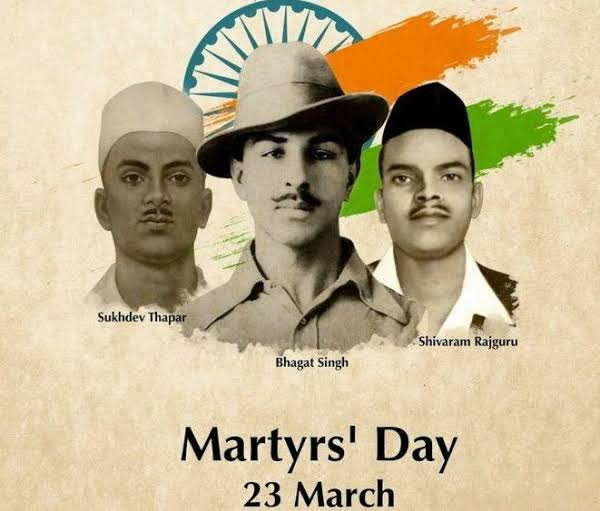
Table of Contents
- Introduction
- Understanding Martyr’s Day
- Origin and Significance
- How It Is Observed Globally
- Origin and Significance
- New Year’s Celebrations
- The Festive Spirit
- Cultural Variations Across the World
- The Festive Spirit
- Key Differences Between Martyr’s Day and New Year’s Celebrations
- The Purpose: Remembrance vs. Celebration
- The Mood: Solemnity vs. Joy
- Activities: Tributes vs. Festivities
- The Purpose: Remembrance vs. Celebration
- Why It Is Important to Recognize the Distinction
- How to Honor Both Occasions Respectfully
- Conclusion
Introduction
Throughout the year, societies observe different occasions, each with its unique meaning and significance. Two contrasting observances that often fall close to each other on the calendar are Martyr’s Day and New Year’s Celebrations. While one is marked by solemn remembrance, the other is filled with joy and festivity. Understanding the stark differences between commemoration and celebration allows us to respect both occasions appropriately.
Understanding Martyr’s Day
Origin and Significance
Martyr’s Day is dedicated to honoring those who sacrificed their lives for their country, freedom, or a noble cause. Different nations observe this day on various dates to pay tribute to their fallen heroes. The significance of Martyr’s Day lies in acknowledging the sacrifices that paved the way for a better future.
How It Is Observed Globally
- India: Observed on January 30th in honor of Mahatma Gandhi’s assassination.
- United States: Memorial Day commemorates military personnel who died in service.
- United Kingdom: Remembrance Day honors soldiers who perished in war.
- China: Martyrs’ Day on September 30th remembers national heroes.
Observances generally include moments of silence, wreath-laying ceremonies, and educational discussions about the contributions of martyrs.
New Year’s Celebrations
The Festive Spirit
New Year’s Eve and New Year’s Day are globally celebrated events that mark the transition into a new year. People welcome the fresh beginning with enthusiasm, hope, and joy.
Cultural Variations Across the World
- Western Countries: Fireworks, parties, and countdown celebrations dominate.
- China: The Lunar New Year is a grand cultural event with dragon dances and family feasts.
- Japan: Shinto shrines host visitors offering prayers for prosperity.
- Spain: Eating twelve grapes at midnight is a cherished tradition.
The universal theme of New Year celebrations is renewal, positivity, and happiness.
Key Differences Between Martyr’s Day and New Year’s Celebrations
1. The Purpose: Remembrance vs. Celebration
- Martyr’s Day exists to honor the sacrifices of those who have passed.
- New Year’s Celebrations focus on welcoming new beginnings and hope for the future.
2. The Mood: Solemnity vs. Joy
- The atmosphere on Martyr’s Day is respectful and contemplative.
- New Year’s events are filled with cheer, music, and revelry.
3. Activities: Tributes vs. Festivities
- Martyr’s Day includes flag ceremonies, memorial services, and moments of silence.
- New Year’s celebrations involve parties, fireworks, and social gatherings.
Why It Is Important to Recognize the Distinction
Understanding the difference between commemoration and festivity ensures that each occasion is observed with the respect it deserves. Celebrating a new year should not overshadow the solemn remembrance of those who made ultimate sacrifices. A mindful approach to both occasions fosters cultural sensitivity and historical awareness.
How to Honor Both Occasions Respectfully
- Observe the Moment of Silence: Even amidst New Year festivities, spare time to honor martyrs.
- Educate Others: Share historical significance with younger generations.
- Balance Celebration and Remembrance: If both occasions fall close, ensure neither overshadows the other.
- Attend or Organize Commemorative Events: Pay tribute through participation in Martyr’s Day events.
Conclusion
Martyr’s Day and New Year’s Celebrations serve distinct purposes but are equally significant. While one reminds us of past sacrifices, the other inspires hope for the future. Acknowledging their differences allows us to honor both occasions appropriately, fostering a culture of remembrance and joy in their rightful places.
